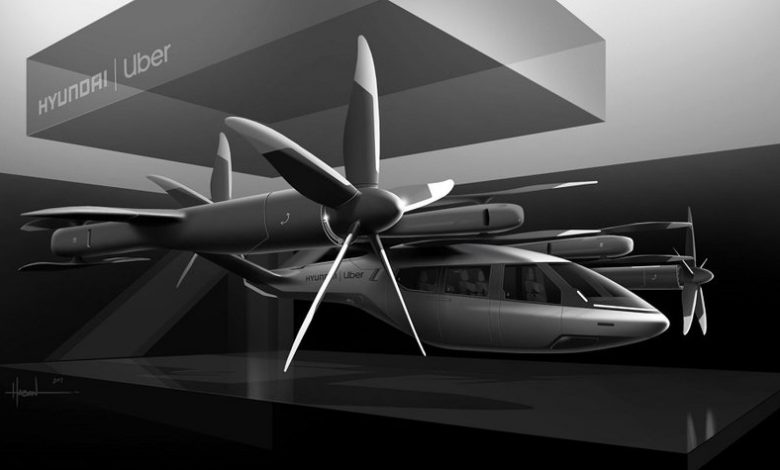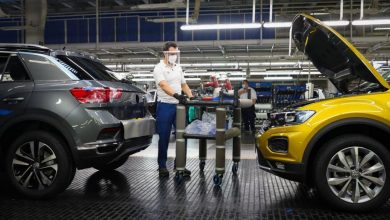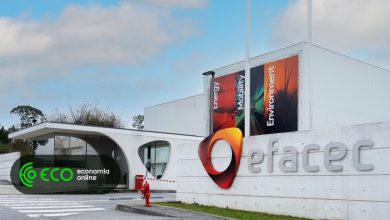
Hyundai, Uber partner on electric air taxi
Hyundai’s flying taxi concept can land and take off vertically. It is designed for a cruising speed up to 180 mph (290 kph). The vehicle has a cruising altitude of around 1,000 to 2,000 feet (300 to 600 meters) and a flight range of up to 60 miles (97 km).
The four-passenger model initially will be human piloted but eventually will be able to fly autonomously. The vehicle is propelled by multiple small rotors and propellers around the airframe.
Uber and Hyundai gave widely different timelines for commercialization of air taxis, underlining the challenges.
Uber, which has partnered with eight companies on its air taxi project, said it would be “unrealistic” to expect all its partners to go to market at the same time.
“Our plans for our limited commercial operations in 2023 will likely involve other partners,” said Sarah Abboud, Communications Manager at Uber.
Hyundai is the first automaker to join Uber’s air taxi project, which also counts Boeing subsidiary Aurora Flight Sciences among its partner firms.
Hyundai will produce and deploy the vehicles while Uber will provide aerial ride-share services.
“The overall cost to produce and operate UAM (urban air mobility) vehicles should be really low enough for everyone to enjoy the freedom to fly,” said Shin Jai-won, head of Hyundai’s urban air mobility division.

Hyundai’s electric aircraft uses distributed electric propulsion, powering multiple rotors and propellers around the airframe to increase safety by decreasing any single point of failure. Several, smaller rotors also reduce noise compared with large rotor helicopters with combustion engines, a key advantage in cities.
Hyundai is not alone in its ambitions to take to the skies as automakers and tech companies race to develop small self-flying cars to ease urban congestion.
Daimler, Geely and Toyota have all unveiled investments in startups that aim to deploy electric flying cars capable of vertical takeoff and landing.
Porsche is collaborating with aircraft maker Boeing to develop a concept for an electric vertical-takeoff and -landing vehicle. A 2018 study by Porsche Consulting forecasts that the urban air mobility market will pick up speed after 2025.
Air taxis come in several shapes and sizes – electric motors replace jet engines, and aircraft have rotating wings and, in some cases, rotors in place of propellers.
The urban flight market will exceed the current number of commercial airplanes flying around the world – about 25,000, Hyundai’s Shin, a former NASA engineer hired by the automaker last year, estimated, without giving any timeframe.
Last year, Hyundai said it will invest 1.8 trillion won ($1.5 billion) in what it called “urban air mobility” by 2025.
Font: Automotive News Europe





